Virtual Reality Headsets: What are the Options? Which is Right For You?
A follower asked me the other day to do a detailed rundown on what your options are for VR headsets at the moment, and what my thoughts are on each of them. There's no shortage of overviews like that online, but most focus strictly on the two top shelf contenders, Oculus Rift CV1 and the HTC Vive. This guide will be more comprehensive, looking at a wider range of devices.
For that reason I'll get those two out of the way first. The best analogy I've yet heard for the differences in design and philosophy behind the CV1 and Vive is that Oculus, under facebook, appears to be emulating Apple. The Rift is a supremely refined, ergonomic device. The exterior is soft, taut fabric. It is so light on your head and well balanced, you'll forget it's there.
The whole experience is painstakingly polished and carefully thought out, which it ought to be for $599. The packaging is robust and logically organized. The software setup is fast and painless (though it had a few issues at launch, they have since been corrected). The image quality itself is, in my opinion, mildly superior. Where the Vive uses round fresnel lenses, the Rift lenses are a hybrid with both a fresnel and a glass element to them.
The result is that there is no visible fresnel gradient in the Rift, as there is in the Vive, and the screen door effect is much less visible. This comes at a price however; the glass portion of the Rift optics "smears" bright light, such as white text on a black background, causing the so-called god rays effect. This is also present on Vive but much less pronounced, and is totally absent on the PSVR (which uses more conventional glass lenses with no fresnel element).
The Vive ($800) features a larger field of view than the CV1 on paper. My own experience is that it isn't noticeably different except that the Vive field of view is "taller", whereas the Rift field of view is "wider". Which you prefer will depend on whether you want more peripheral vision to the sides, or above and below. The other consideration is that the Vive field of view is perfectly round. The Rift field of view is more of a pill shape.
The PSVR uses a unique pentile Amoled display which is lower resolution than the Rift or Vive (1920 x 1080p, compared to 2160 x 1200) but because of that pentile pixel arrangement, it does an amazing job of hiding that fact. While the PSVR display looks more blurry for objects in the distance or text, I would go so far as to say it looks less pixelated.
Optics aside, the Vive is also reportedly the least comfortable of the currently available HMDs. I didn't feel any difference at first except that the weight is all at the front, but the longer I played, the more I disliked the elastic ski goggle approach to securing the thing to my face. It puts all the pressure on the facial interface, which quickly becomes sweaty. Vive is more like Android than Apple. It does not adapt to you, you adapt to it. And I say that as an Android guy.
So what about the controllers? Having tried both, I give the slight edge to Touch. They just feel better in the hand. Besides that, they have actual thumbsticks, making artificial locomotion possible in first person games. Some people can't stand it, but for those of us who have no problems, it's vastly preferable to teleportation.
That said, the Vive wands have two big things going for them. The first is superior large area tracking. They need only two sensors to achieve this, while Touch requires three. Besides that, the trackpads on the Vive wands have a lot of untapped promise. If you've ever handled the Steam controller, you know that Valve is pushing these track pads hard because they make it possible to comfortably play many PC games with a pad that otherwise require a mouse.
The trackpad is underutilized at the moment, but may give the Vive wands an advantage long term. Oculus has played it safe by including traditional thumbsticks in the Touch controllers, but also included capacitive technology into the buttons and triggers. This allows "finger tracking"; The triggers and buttons can detect when your finger is close but not touching, when it is touching, and then every degree of analog depression beyond that.
This allows a variety of gestures. You can wave. You can give a thumbs up. You can point. You can pinch. An added degree of hand presence that isn't possible with the Vive wands, though HTC is reportedly working on something like a haptic data glove in a bid to one-up Oculus.
SONY is also working on data gloves, as indicated by a patent they recently filed. It's no wonder. Although the PSVR headset is a wonderfully designed piece of kit, with surprisingly good optical quality for the price and in fact the most comfortable head mounting system of the three (which Microsoft looks to be ripping off for their own VR headset) the PS Move controllers are simply not up to the same standard as Touch or the Vive wands.
The tracking is the issue. PS Move was not designed with VR in mind, though SONY likes to pretend otherwise. They work well enough that if you've never tried any other VR motion controller, you'll wonder what the problem is. But compared to Touch and Vive wands, the tracking is often jittery and imprecise. Likewise with the PSVR headset tracking. You won't notice or care if it's all you know, but try one of the higher end options and you'll be spoiled by it.
So, what else is out there? FOVE ships imminently. Contrary to earlier reports, the resolution, field of view and so on are effectively identical to the CV1 and Vive. The big advantage it offers (besides foveated rendering) is eye tracking which, among other things, will allow your ingame avatar to visibly gaze wherever it is you're looking in the scene. This is a bigger plus than it sounds like when you factor in social VR experiences like VTime, Bigscreen and the upcoming Facebook VR. At $549, it's also non-trivially cheaper.
OSVR is the Linux nerd's option. Open Source as advertised, everything about the hardware and software is public domain, but it's not compatible with most paid games or other apps. This is strictly a development unit for people who like to tinker with VR. Only the most recent version even has positional tracking, which should give some indication of how rough and do-it-yourself this option is.
Chinese companies are getting in on VR too. Notably, with the world's first 4k HMD, the "PiMax 4K". That's a quadrupling of the Vive and CV1 resolution, and by all reviews, the improvement in sharpness and clarity is significant. The problem is that it's a step down in every other way, which makes sense of its $350 price tag. While the display is 4k as advertised, it has DK1-like smearing of deep blacks when you turn, it has no positional tracking whatsoever and to my knowledge is compatible only with SteamVR games. Steer clear of this one, wait for a 4k HMD from Oculus or HTC.
I haven't covered mobile VR and don't plan to, as I already did that here. Sufficed to say, Gear VR consumer version 2 is about as good as it gets until Daydream comes out. Daydream will require better graphical power and sensor fidelity, as well as coming with a motion controller out of the box (albeit one which only tracks orientation, not position).
Whichever headset you choose, it should be clear by now that VR is back to stay. Not a flash in the pan, nor just another optional way to play games, my experience has been that for 3D gaming it is in every way superior to a monitor. I hardly play anything not in VR anymore. Peering at what ought to be a 3D world through a little rectangle feels dinky, primitive and artificial now.
Besides which, social VR and the possibility of VR telecommuting will make a VR headset something every household has at least one of, soon enough. It will be no more optional in the coming decades than owning a smartphone is today. I wouldn't blame you for waiting on cheaper, higher resolution HMDs, but the thing is that only a small percentage of gaming PCs out there even meet the minimum spec for VR currently.
I expect major headset manufacturers to wait on bumping up resolution or field of view until the average PC is better able to support it. We may see some minor updates to styling, weight, ergonomics and controllers, but it's expected to take about 5 years before we'll see a significant improvement to stuff like resolution and fov. Unless you're content to wait that long to get into VR, now's the time to pick which horse to bet on, and go all-in.
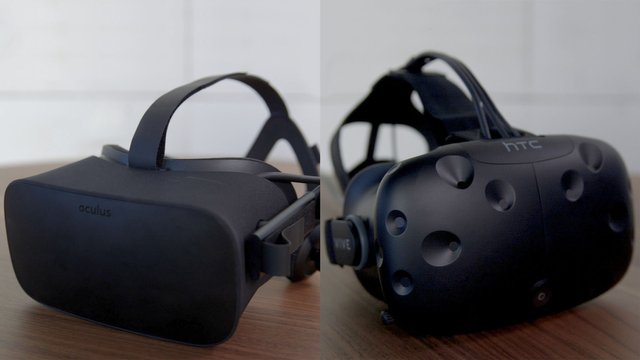
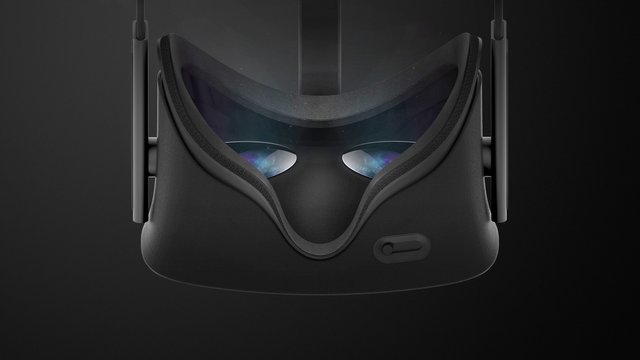
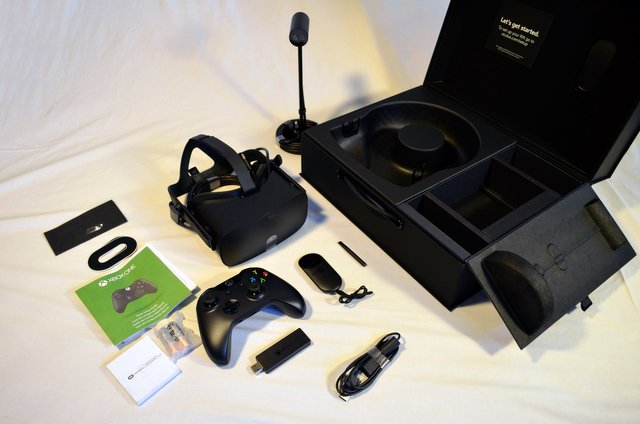


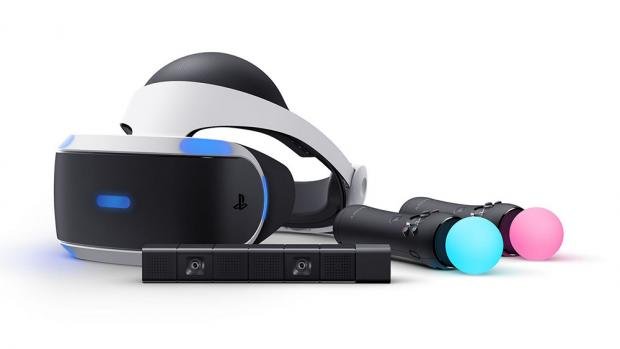
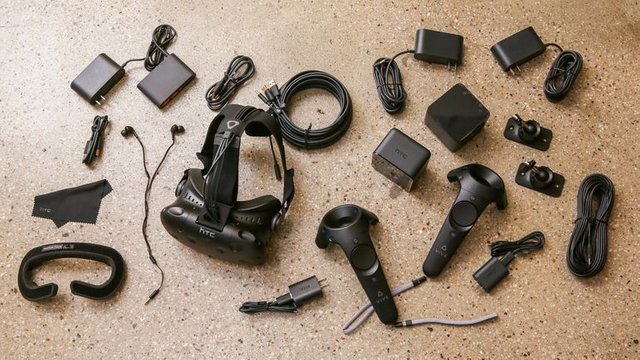
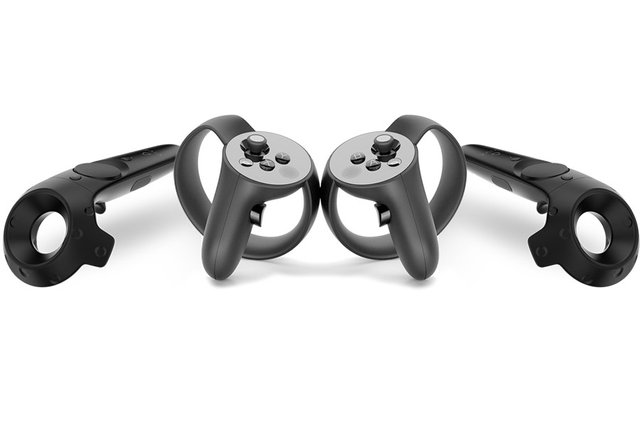
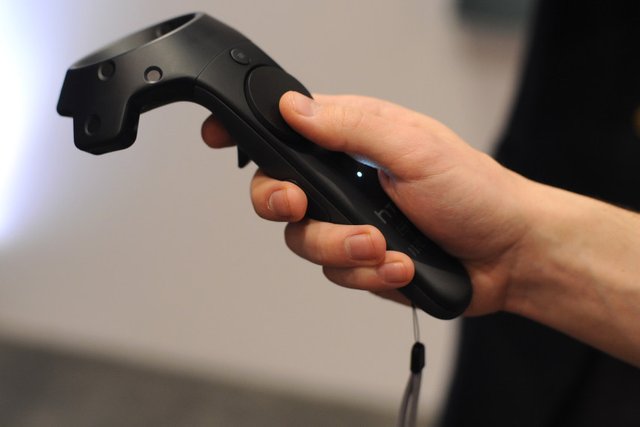
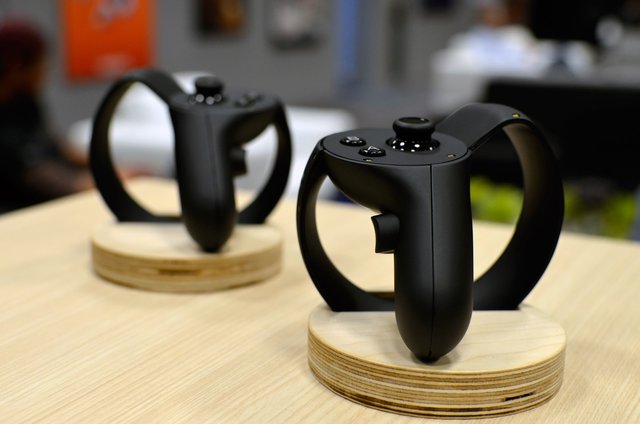

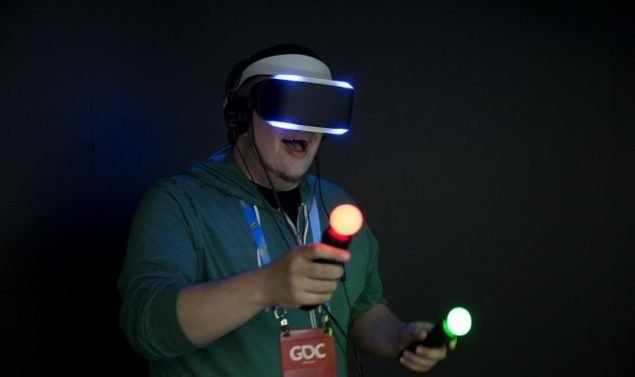
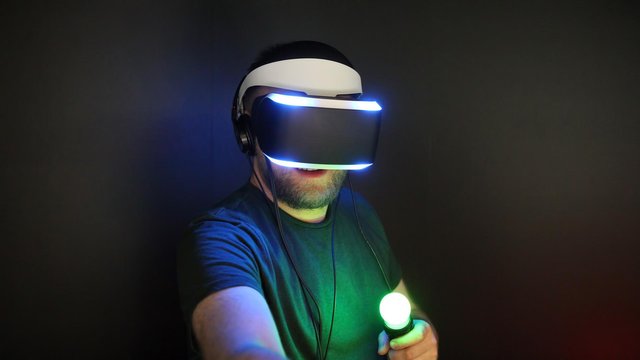
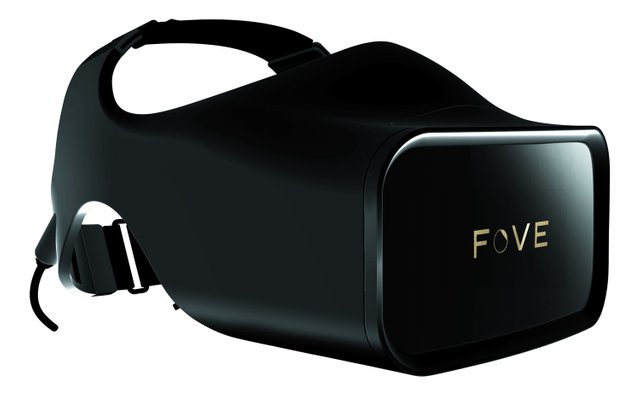
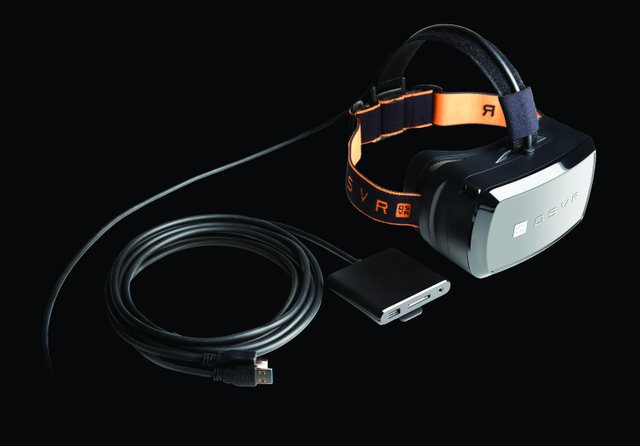
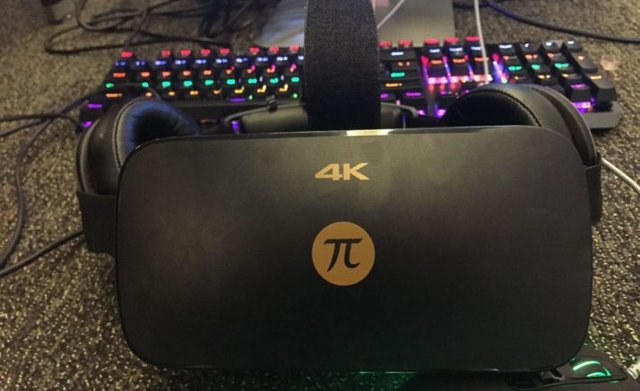
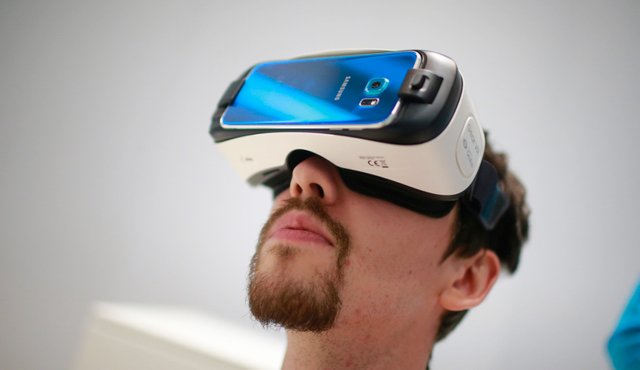

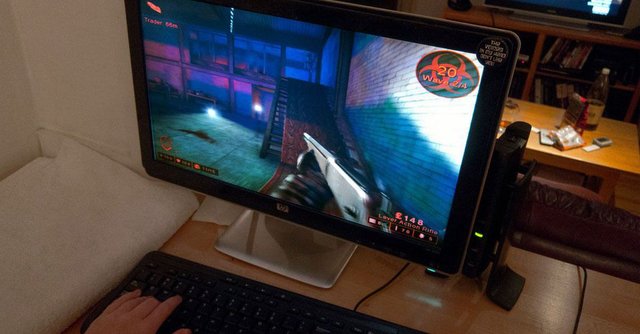
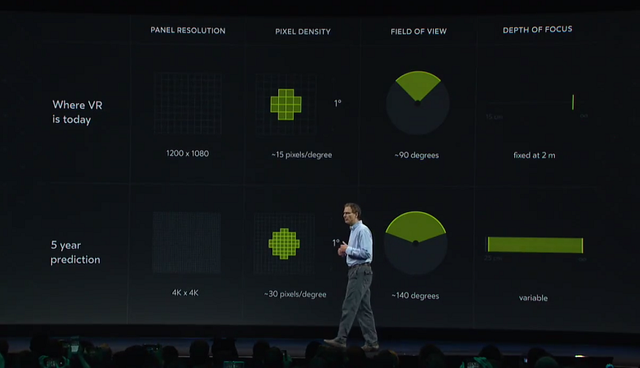
Thanks for this, it's really good to know what options are out there. PSVR is probably the only realistic option for me. I like the cheaper price and the fact that it doesn't have to plug into my computer. My 5 year old PC probably isn't powerful enough for the Rift, and having to plug the thing into so many ports every time I want to use it just seems painful. I'd rather enjoy VR from the comfort of my living room couch, which the PSVR would allow.
A couple questions for you:
Are there any plans to develop some hardware on par with the quality of Rift / Vive that doesn't require a separate computer to function?
If I went with the PSVR, would my game choices be more limited than Rift? Can the two play the same games or are they totally incompatible, each with their own game ecosystem?
Besides mobile VR (like Samsung's Gear VR), Oculus and Google are both working on stand-alone units which use built-in Android computers with Tegra X1 or X2 graphics chips. I expect these stand-alone models will totally replace smartphone based VR in the long run.
There's a lot of overlap in terms of their libraries actually. VR is a niche market right now so devs can't afford to publish on just one platform. There are a couple of timed exclusives for the Rift because Oculus paid off the devs, but there's also a lot of exclusives coming to PSVR that I wish I had access to. Rez VR, the new Psychonauts game, the new Resident Evil, etc.
Ooh, a VR Resident Evil would be amazing! That might be the clincher for me right there. And glad to hear more stand-alone options are coming; that's important for consumer friendliness and expanding beyond the hobbyist / hardcore gamer niche.
Here's a playthrough of the Resident Evil VR demo.
Oh wow, that is just all kinds of creepy. Horror games seem like a natural fit for VR!
what about augmented reality headset?
To my knowledge, there are none yet which you can actually go out and buy.
VR is fine but I'm REALLY interested in AR. Too bad GoogleGlass crashed.
This post has been linked to from another place on Steem.
Learn more about and upvote to support linkback bot v0.5. Flag this comment if you don't want the bot to continue posting linkbacks for your posts.
Built by @ontofractal